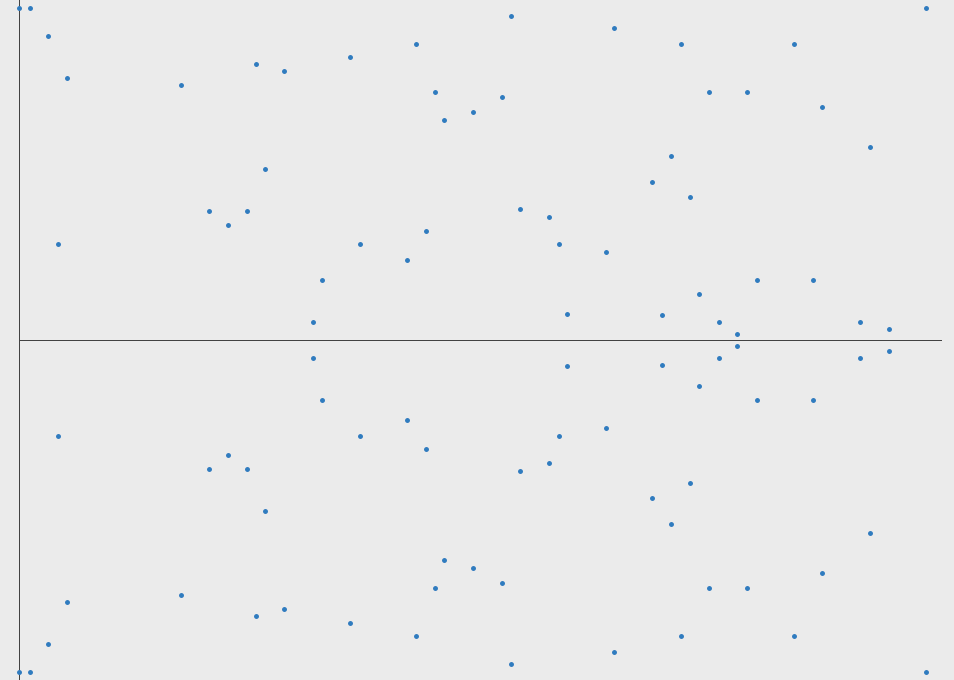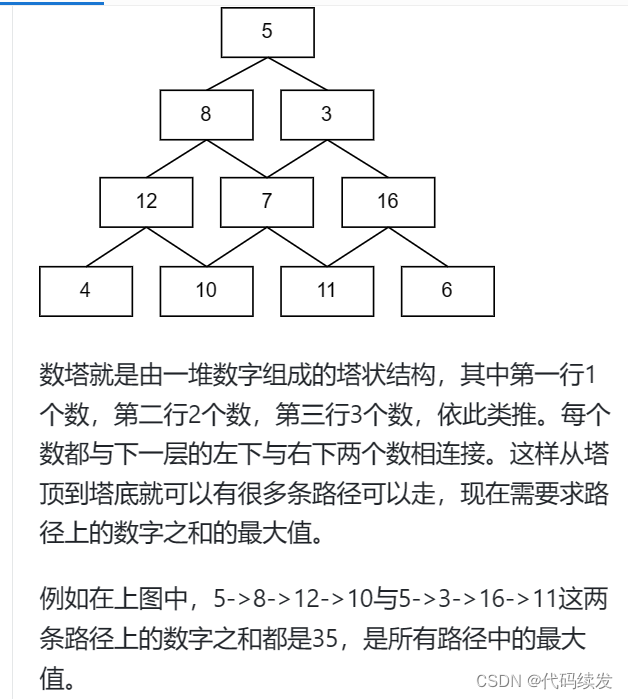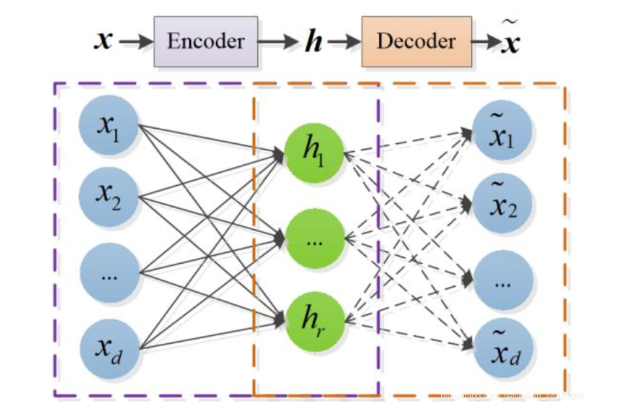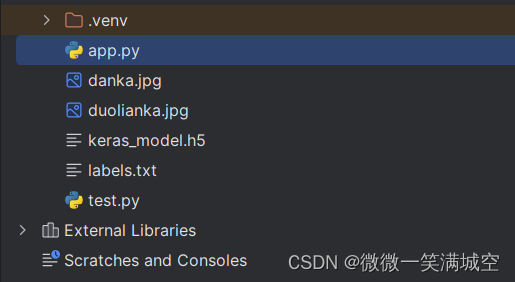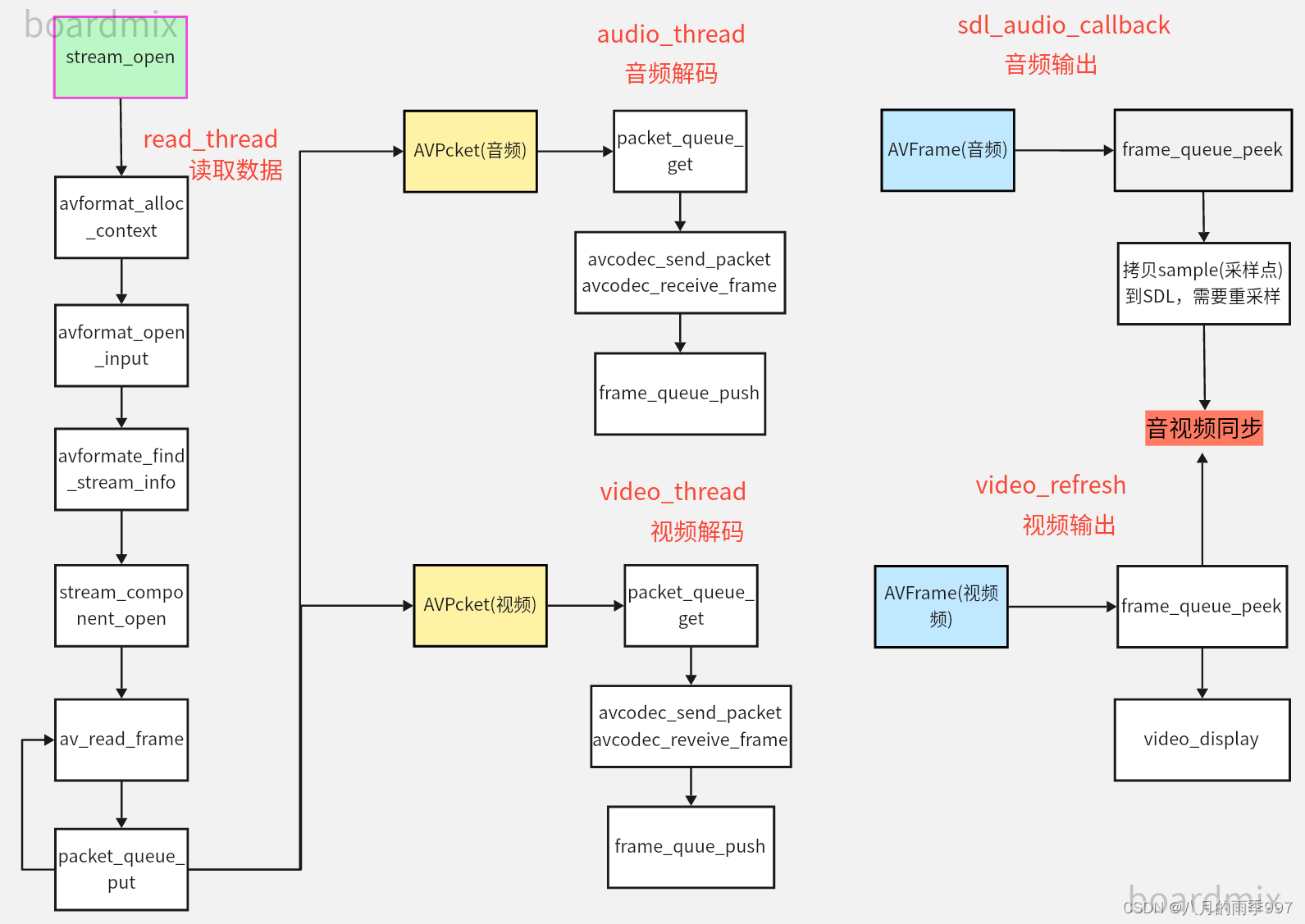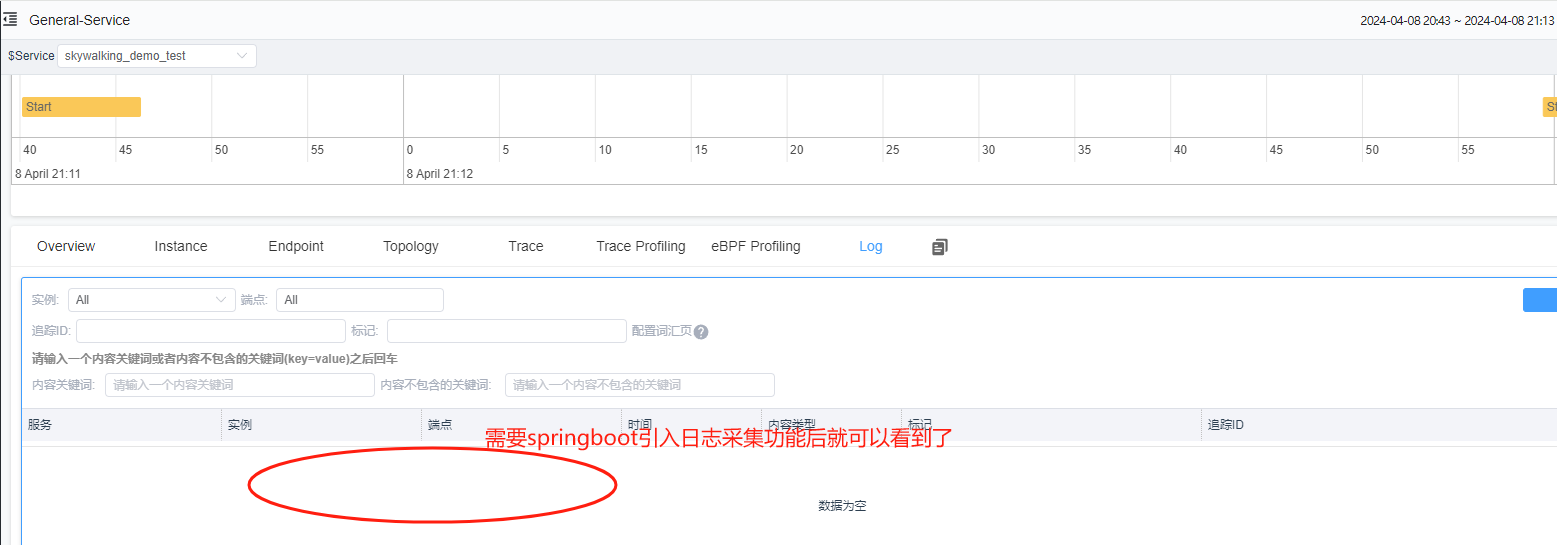
谓词
① 可调用的表达式称为谓词,包括仿函数,自定义函数,lambda表达式。
② 接受一个参数的谓词,称为一元谓词。
③ 接受两个参数的谓词,称为二元谓词。
可调用的表达式:对于一个对象或者表达式,如果可以使用调用运算符(),就称它为可以调用的。
一元谓词
接受一个参数的谓词,称为一元谓词。
#include<algorithm>
#include <iostream>
#include <vector>
using namespace std;
//输出容器的所有元素
template<typename T>
void Show(const T& v)
{
for (const auto x : v)
cout << x << " ";
cout << endl;
}
//判断奇数的函数(一个参数,返回bool)
bool is_odd_int(int i) {
return ((i % 2) != 0);
}
//判断奇数的仿函数
class Is_odd
{
public:
bool operator()(int x) const//只有一个参数
{
return x % 2 != 0;
}
};
int main()
{
vector<int> v{1, 2, 3, 4, 5, 6, 7, 8, 9};//使用vector向量
cout << "v: "; Show(v);
auto res1 = find_if(v.begin(), v.end(), is_odd_int);//利用自定义的函数
if (res1 != v.end())
cout << " 找到了奇数" << *res1 << endl;
//使用lambda表达式在向量v中查找
auto res2 = find_if(v.begin(), v.end(), [](int i) { return ((i % 2) == 0); });
if (res2 != v.end())
cout << " 找到了偶数" << *res2 << endl;
auto res3 = find_if(v.begin(), v.end(), Is_odd());
if (res3 != v.end())
cout << " 找到了偶数" << *res3 << endl;
return 0;
}
二元谓词
#include<algorithm>
#include <iostream>
#include <vector>
using namespace std;
//输出容器的所有元素
template<typename T>
void Show(const T& v)
{
for (const auto x : v)
cout << x << " ";
cout << endl;
}
bool Greater(int x, int y)//自定义函数
{
return x > y;
}
class CGreater //自定义仿函数
{
public:
bool operator()(int x, int y)//重载()
{
return x > y;
}
};
int main()
{
vector<int> v1{3, 1, 5, 9, 7, 6, 4, 5, 10, 23, 12, 8};
vector<int> v2;
cout << "源数据:"; Show(v1);
v2 = v1;
sort(v2.begin(),v2.end());//默认为升序
cout << "默认排序:"; Show(v2);
v2 = v1;//重新赋值
sort(v2.begin(), v2.end(), greater<int>());//降序排序,greater是STL内置仿函数,是二元谓词
cout << "降序排序(STL仿函数):"; Show(v2);
v2 = v1;//重新赋值
sort(v2.begin(), v2.end(), [](int x, int y){return x>y;});//降序排序,利用lambda表达式
cout << "降序排序(lambda):"; Show(v2);
v2 = v1;//重新赋值
sort(v2.begin(),v2.end(),Greater);//利用自定义函数进行降序排序
cout << "降序排序(自定义函数):"; Show(v2);
v2 = v1;//重新赋值
sort(v2.begin(), v2.end(), CGreater());//利用自定义仿函数进行降序排序
cout << "降序排序(自定义仿函数):"; Show(v2);
return 0;
}


